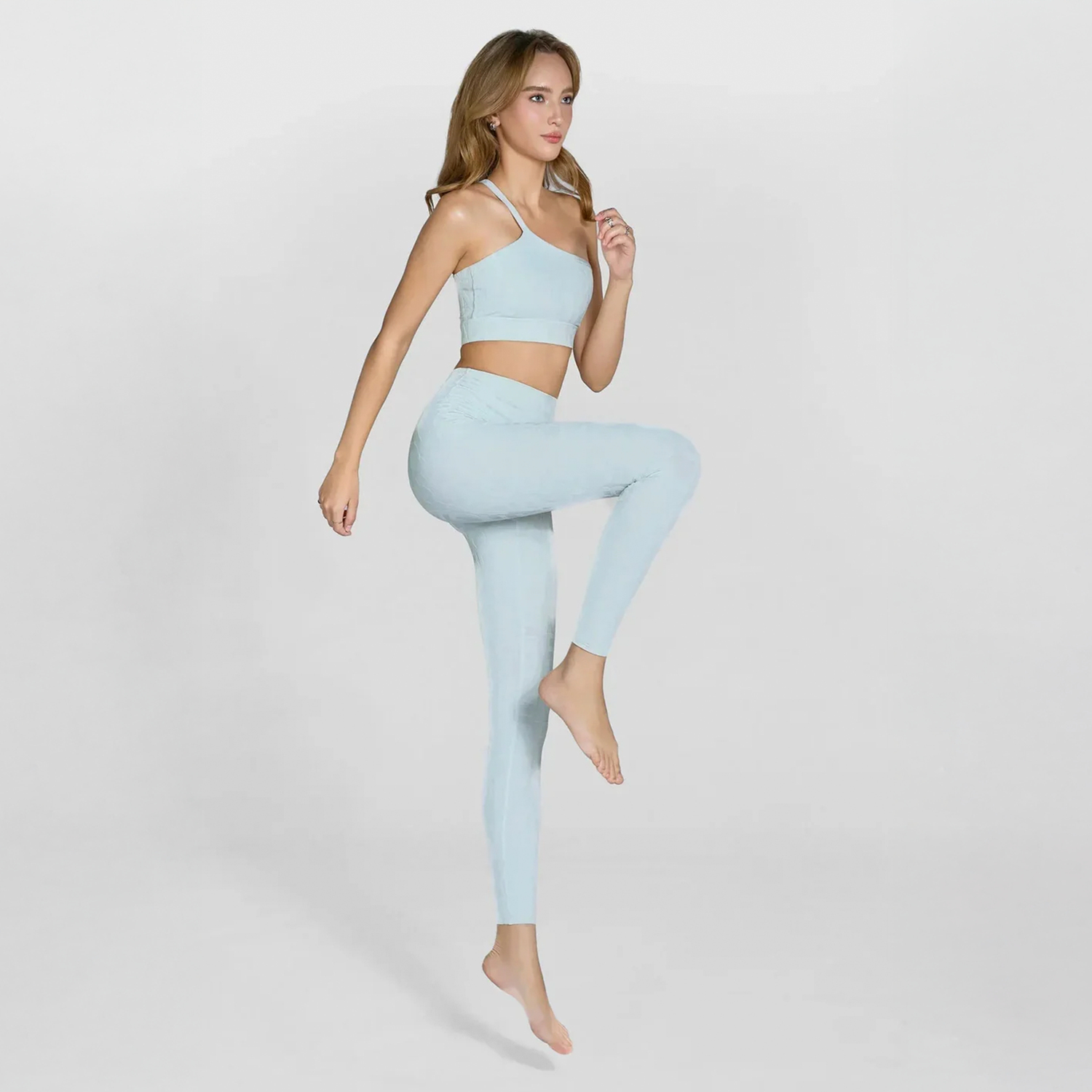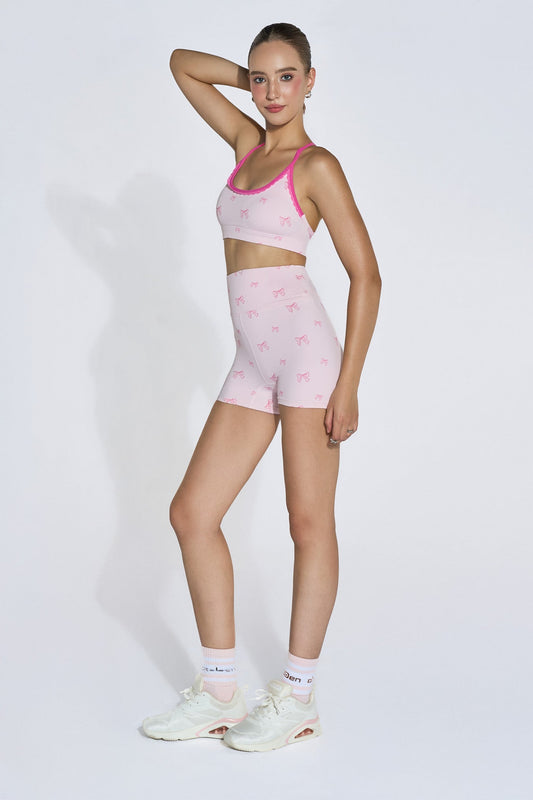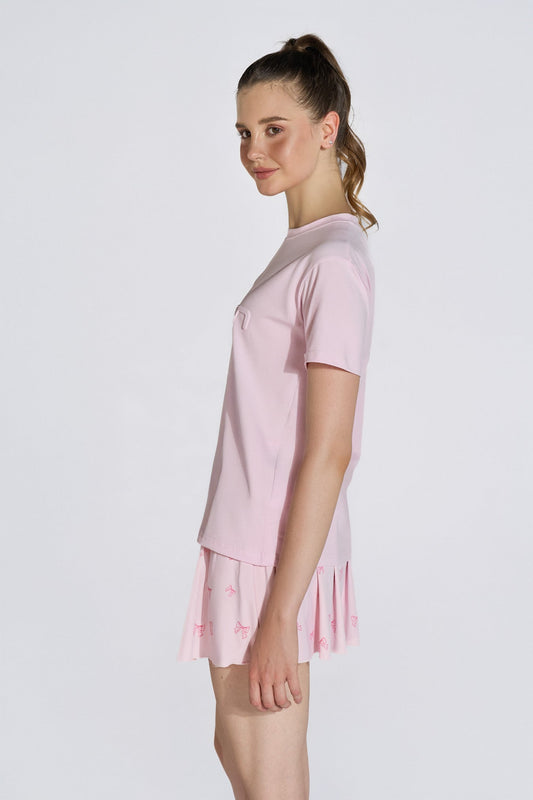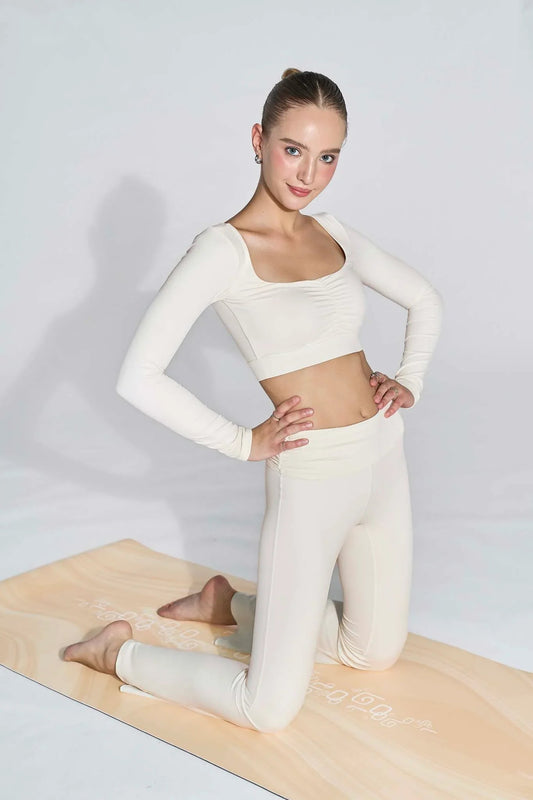Today’s market offers countless types of Yoga mats in different sizes, materials, and designs, making it hard for practitioners to decide which yoga mat is the best and suitable for their needs. In this article, Olaben will share a detailed guide on how to choose the right mat along with 7 premium yoga mats that can help you make the best choice.
11 Criteria for Choosing the Right Yoga Mat
To find a yoga mat that truly matches your practice needs, consider these 11 key factors:
1. Material
Different yoga mats are made from different materials, each with its own characteristics:
- PVC mats: Durable, good grip, easy to clean, latex-free (ideal for those with allergies). However, they are not water-absorbent, can get slippery when wet, and are not eco-friendly.
- TPE mats: Eco-friendly, elastic, and provide stable anti-slip performance. Not as durable as PVC but still comfortable for practice.
- NBR mats: Soft, cushioned, usually thicker than 10mm, good insulation, affordable – perfect for beginners.
- Rubber + PU mats: Made from natural rubber combined with safe PU, offering excellent grip and durability of about 3 years. However, they are heavier, prone to mold if not stored properly, and more expensive than PVC or TPE.
NBR mats are usually the thickest, providing the most cushioned feel.

2. Size
The mat should be as long as (or longer than) your height and wide enough for your shoulders. Common sizes include:
- Standard: 183 x 61 cm.
- Large: 213 x 91 cm.
- Small: 173 x 61 cm.
3. Thickness
Thickness affects comfort and balance:
- 1–3 mm: Lightweight, portable, ideal for travel.
- 4–6 mm: Most popular, suitable for most yoga styles.
- 8 mm or more: Recommended for those with joint issues or practicing gentle yoga.
Note: Thicker mats are more comfortable but can reduce stability in standing poses.
4. Weight
Mats usually weigh between 0.4 – 3.5 kg.
- For home practice: any weight works.
- For the gym: choose lightweight, easy-to-carry mats.
5. Colors & Patterns
- Soft colors (blue, light pink): Promote relaxation, ideal for meditation yoga, Yin yoga.
- Vibrant colors (red, orange): Boost energy, suitable for Vinyasa, Iyengar, Bikram.
- Simple patterns or alignment lines help beginners maintain proper posture.

6. Anti-slip Performance
A key factor for safety. A good anti-slip mat grips firmly to the floor without moving during poses.
7. Elasticity
High elasticity reduces stress on joints, protecting knees and wrists during intense poses. You can test by squeezing: if it compresses too easily, elasticity is poor.
8. Frequency & Intensity of Practice
- Gentle yoga (Hatha, Yin, restorative, prenatal): Choose mats 5–8 mm thick with alignment lines.
- Dynamic yoga (Ashtanga, Hot, Vinyasa): Opt for thinner mats 3–5 mm with strong grip.
- Mixed practice: 4–6 mm mats with good anti-slip work best.
9. Usage Context
- Home practice: Thick, cushioned mats are fine.
- Travel: Lightweight, foldable mats are preferred.
- Studio practice: Light mats with strong grip for easy movement.

10. Price
Cost usually depends on material:
- PVC: 200,000 – 300,000 VND
- TPE: 500,000 – 750,000 VND
- NBR: 1,000,000 – 1,200,000 VND
- Rubber + PU: 900,000 – 1,000,000 VND
11. Reputable Brand
Finally, always choose mats from trusted brands to ensure quality and durability. Many brands offer a wide range of colors and designs suitable for both beginners and advanced yogis.
Top Yoga Mats from Olaben You Shouldn’t Miss
Olaben stands out with its premium yoga mat collection, crafted from safe materials, excellent grip, and refined design. Whether you’re a beginner or an experienced yogi, Olaben mats fully support all practice levels. Here are the most highly rated Olaben yoga mats available today to help you find your perfect match:
| Product Name | Details | Price |
|---|---|---|
| Signature Yoga Mat Olive | Material: Natural Rubber + PU Color: Olive Size: 185cm (L) x 68cm (W) Thickness: 5mm Weight: ~2.8Kg |
4,390,000 VND |
| Victory Marble Mat Kyanite | Material: Natural Rubber + PU Color: Kyanite Blue Marble Size: 185cm (L) x 68cm (W) Thickness: 5mm Weight: ~2.8Kg |
4,390,000 VND |
| Olaben Energy Capsule Mat Cherry | Material: Natural Rubber Color: Cherry Red Size: 183cm (L) x 68cm (W) Thickness: 4.5mm Weight: ~2.6Kg |
4,190,000 VND |
| Harmony Yoga Mat Persimmon | Material: Natural Rubber Color: Persimmon (burnt orange) Size: 183cm (L) x 68cm (W) Thickness: 4.5mm Weight: ~2.6Kg |
1,490,000 VND |
| Signature Yoga Mat Dusk Blue | Material: Natural Rubber + PU Color: Dusk Blue Size: 185cm (L) x 68cm (W) Thickness: 5mm Weight: ~2.8Kg |
4,390,000 VND |
| Signature Olaben Yoga Mat Jaguar Moon | Material: Natural Rubber + PU Color: Jaguar Moon print Size: 185cm (L) x 68cm (W) Thickness: 5mm Weight: ~2.8Kg |
4,390,000 VND |
| Harmony Yoga Mat Black | Material: Natural Rubber Color: Black Size: 183cm (L) x 68cm (W) Thickness: 4.5mm Weight: ~1.2Kg |
1,490,000 VND |








